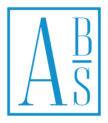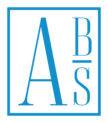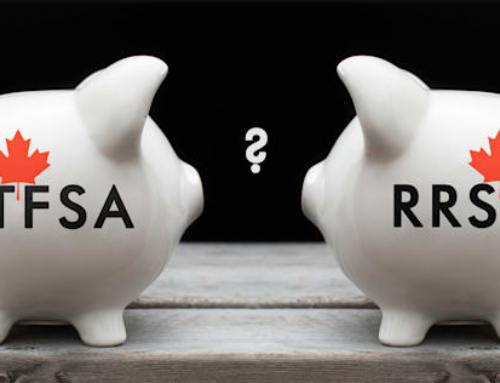Tax season can be a daunting time for many Canadians, but with proper planning and knowledge of available deductions and credits, you can optimize your tax savings and keep more of your hard-earned money in your pocket. In this guide, we’ll explore some key strategies for maximizing tax savings through eligible deductions and credits in Canada.
- Understanding Deductions: Deductions are expenses that you can subtract from your total income, reducing the amount of taxable income you have. Some common deductions include:
- RRSP Contributions: Contributions to a Registered Retirement Savings Plan (RRSP) can be deducted from your income, reducing your taxable income for the year. Take advantage of RRSP contribution room to save for retirement while lowering your tax bill.
- Employment Expenses: If you incur expenses related to your employment that were not reimbursed by your employer, you may be eligible to deduct these expenses. This can include things like home office expenses, professional dues, and vehicle expenses.
- Moving Expenses: If you moved for work or to attend school full-time, you may be able to deduct eligible moving expenses, such as transportation, storage, and temporary living expenses.
- Childcare Expenses: If you paid for childcare so you or your spouse could work or attend school, you may be eligible to claim childcare expenses. This can include daycare, nursery school, or summer day camp costs.
- Exploring Tax Credits: Tax credits directly reduce the amount of tax you owe, providing a dollar-for-dollar reduction in your tax bill. Here are some important tax credits to consider:
- Basic Personal Amount: Every Canadian resident is entitled to claim the basic personal amount, which reduces their taxable income to zero. In 2022, the federal basic personal amount is $13,808.
- Medical Expenses: You can claim eligible medical expenses paid for yourself, your spouse or common-law partner, and your dependents. This can include things like prescription medications, dental services, and certain medical devices.
- Disability Tax Credit: If you have a severe and prolonged impairment in physical or mental functions, you may be eligible for the Disability Tax Credit. This non-refundable tax credit can provide substantial tax savings for individuals with disabilities.
- Home Accessibility Tax Credit: If you have made eligible renovations to your home to improve accessibility for yourself or a family member with a disability, you may be eligible to claim the Home Accessibility Tax Credit.
- Keeping Records and Seeking Professional Advice: To ensure you maximize your tax savings and accurately claim eligible deductions and credits, it’s essential to keep detailed records of your expenses throughout the year. This includes receipts, invoices, and other documentation supporting your claims. Additionally, seeking advice from a qualified tax professional can help you navigate complex tax rules and identify opportunities for savings that you may have overlooked.
Conclusion: By understanding eligible deductions and credits and implementing strategic tax planning strategies, you can optimize your tax savings and minimize your tax bill in Canada. Whether you’re saving for retirement, supporting a family, or managing medical expenses, there are various opportunities available to help you keep more of your money in your pocket. Take advantage of these tax-saving opportunities to ensure you’re making the most of your financial resources.





